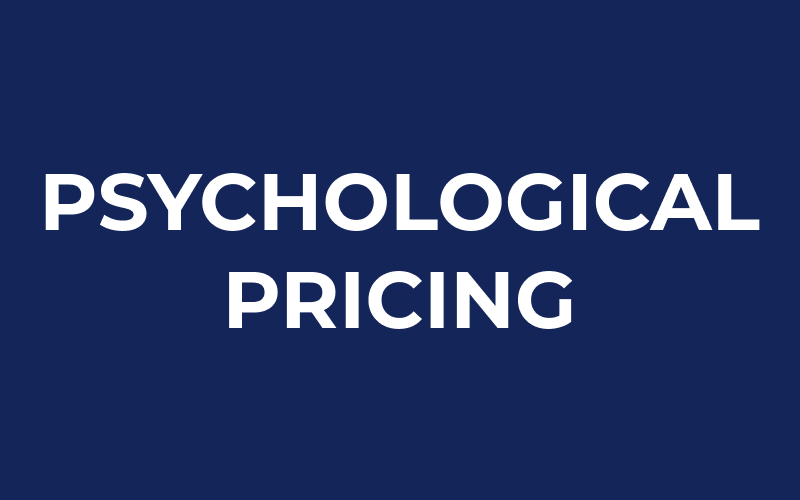
Psychological pricing
In the world of ecommerce and retail businesses one of the most intriguing aspects of pricing is the concept of “psychological pricing”. This involves using psychological triggers to influence customer behavior and purchasing decisions.
For instance, ending the price of a product with .99 instead of a whole number is a commonly used technique in psychological pricing. This practice is known as charm pricing and is believed to make a product appear more affordable to customers.
Another technique used in psychological pricing is anchoring. This involves presenting customers with a high price first, which then makes the lower prices seem more reasonable and appealing. Retailers may also use odd pricing, such as pricing a product at $19.95 instead of $20, to give the impression that the product is being sold at a discount.
In addition to these techniques, ecommerce and retail businesses can also use bundle pricing to drive sales. This involves offering customers a package deal, where they can purchase multiple items at a discounted price. This can be an effective way to increase the average transaction value and drive sales.
Another factor to consider when it comes to psychological pricing is the impact of cultural differences. For example, in some cultures, odd pricing is considered unethical, while in others, it is seen as a smart business practice. Retailers need to be aware of cultural differences and tailor their pricing strategies accordingly.
Summary
Psychological pricing involves using psychological triggers to influence customer behavior and purchasing decisions in ecommerce and retail businesses. Techniques used in psychological pricing include charm pricing, anchoring, odd pricing, bundle pricing, and cultural differences. Retailers must strike a balance between maximizing sales and building customer loyalty when implementing psychological pricing strategies.

